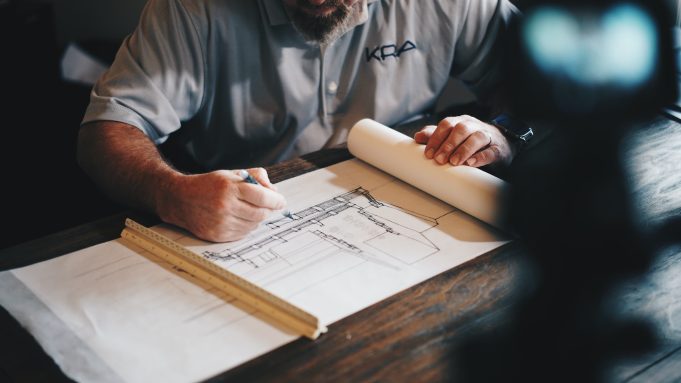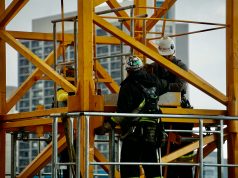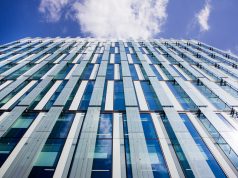The face of the construction industry in the UK is continuously changing, evolving in tandem with new trends, technologies and societal demands. One innovative approach that presents many benefits to the construction sector is the use of portable buildings, especially for providing temporary accommodation to workers. Why are they growing in popularity? And what benefits do they offer that traditional options don’t?
In the following guide, Bunkabin explains the various benefits of temporary accommodation for the construction industry.
Cost-Efficiency of Portable Buildings
Effective cost management is an integral part of any successful construction project. Portable buildings hold a significant advantage over permanent structures. Their economic appeal lies in two key aspects: reduced upfront costs and lower maintenance expenditure.
Firstly, portable buildings cost considerably less to acquire and install. These structures are manufactured off-site in a controlled environment and then transported and assembled at the desired location, effectively streamlining the construction process. This leads to decreased labour costs and material wastage.
Secondly, their maintenance costs are relatively low due to their durable design and the quality of the materials used. Simplicity meets functionality in these structures, making them easy and cost-effective to maintain.
Portable Solutions and Their Impact on Carbon Emissions
The construction industry is under increasing pressure to reduce its carbon footprint. Here, again, portable buildings can be very beneficial.
Many portable structures are made from state-of-the-art materials that are designed to be both eco-friendly and affordable. Further, these portable solutions allow workers to reside close to or directly on the construction site. This is highly beneficial for the environment as it dramatically reduces the need for workers to commute, minimising carbon emissions from vehicles. Finally, portable solutions are reusable, which reduces any environmental impact caused by other temporary on-site structures.
Improving Worker Punctuality with Portable Solutions
A delayed project can lead to spiralling costs and damaged reputations. A factor that often gets overlooked in managing timelines is worker punctuality. Portable buildings can be strategically located near or on the construction site, and therefore offer an innovative solution.
Reducing the distance workers have to travel to get to the site can significantly improve punctuality. An added advantage is the positive impact on the work-life balance of workers. Less time commuting means more time for relaxation and recuperation, which can lead to increased productivity.
Meeting Health and Safety Requirements Through Portable Solutions
Ensuring the safety and well-being of workers is crucial in any workplace, but the construction industry brings with it a higher number of severe risks than other sectors. Portable buildings offer a path to enhancing site safety, particularly because there are many options available to meet your specific needs and fit within your plan for site health and safety.
Portable accommodation installed near or on the site allows workers to escape from the elements and offers them somewhere to relax. Site sleepers are lockable and have storage space to keep workers comfortable and safe, and can be separated by gender if necessary.
For those working with hazardous substances (such as asbestos), portable showers and storage spaces can be segregated to suit the purposes of dealing with these substances, ensuring that the spread is contained and everyone on the site can stay safe.
As the industry continues to evolve, we must remain open to innovative solutions and take advantage of the benefits offered by portable buildings on-site. While there may be a stigma that these structures are not sturdy, are insecure or are cheaply built, seeking the services of a provider that prides itself in making quality portable units, and with a proven track record of success can demonstrate the complete opposite.














